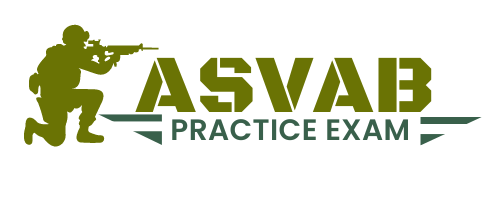ASVAB General Science (GS) Practice Test
Try our free ASVAB General Science Practice Test that contains 25 questions from Biology, Earth Science, Chemistry, and Physics. The CAT-ASVAB contains 16 questions while P&P-ASVAB contains 25 questions from this section.
